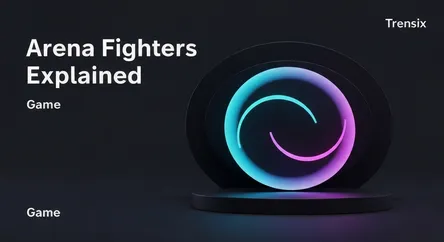Game
Arena Fighters Explained

Discover arena fighters, the explosive fighting game subgenre that trades complex combos for large 3D stages and spectacular, accessible combat.
What is it?
An arena fighter is a subgenre of fighting games characterized by combat within a large, three-dimensional space, rather than a traditional 2D plane. Unlike classic fighters that focus on tight footsies and complex inputs, arena fighters emphasize freedom of movement, environmental interaction, and often feature simplified control schemes. This design allows for more cinematic, over-the-top special attacks that take full advantage of the open stage. Popular examples often stem from anime franchises, such as the Naruto: Ultimate Ninja Storm series, Dragon Ball: Xenoverse, and Jump Force, where recreating epic scenes from the source material is a key part of the appeal.
Why is it trending?
The popularity of arena fighters is fueled by their accessibility. Newcomers to the fighting game genre can easily pick up a controller and perform flashy, powerful moves without needing to memorize long, precise combos. This low barrier to entry makes them perfect for casual play and social gatherings. Furthermore, their frequent association with massive anime and manga IPs guarantees a dedicated fanbase eager to control their favorite characters. The visual spectacle of these games, with their explosive ultimate attacks and dynamic camera angles, also makes them highly engaging for both players and viewers on streaming platforms.
How does it affect people?
For players, arena fighters provide a less intimidating gateway into the competitive world of fighting games. They focus on fan service and fun, allowing players to live out power fantasies in beloved universes. This fosters a different kind of community, one that may prioritize character loyalty and cinematic moments over the hardcore, frame-data-driven competition found in other fighting genres. For the game industry, the commercial success of these titles demonstrates a strong market for licensed games that prioritize an authentic and accessible experience over deep, tournament-level mechanics, influencing how developers adapt major franchises into interactive entertainment.